Evolving Technology Will Change Warfare
With the rapid evolution of technology, soldiers fighting on the battlefields of 2050 may not look too different from a science fiction movie or a video game, a senior Army leader said.
Articles on the latest developments and innovations in technology affecting landpower, the Army, and its soldiers.
With the rapid evolution of technology, soldiers fighting on the battlefields of 2050 may not look too different from a science fiction movie or a video game, a senior Army leader said.
The war in Ukraine has many lessons for the U.S. Army and its partners and allies, experts said May 16 during a panel discussion at the Association of the U.S. Army’s 2023 LANPAC Symposium and Exposition in Honolulu. They also cautioned that it is possible to learn the wrong lessons.

While autonomous capabilities are expected to be ubiquitous in the Army of 2040, it is unlikely that entire formations will be replaced by autonomous systems, Army Futures Command leaders said.
“As we have been studying this and war-gaming this, we believe human-machine integration will be at the core of our formations as we move forward,” Lt. Gen. Scott McKean, director of Army Futures Command’s Futures and Concepts Center, said March 28 at the Global Force Symposium and Exposition hosted by the Association of the U.S. Army in Huntsville, Alabama.
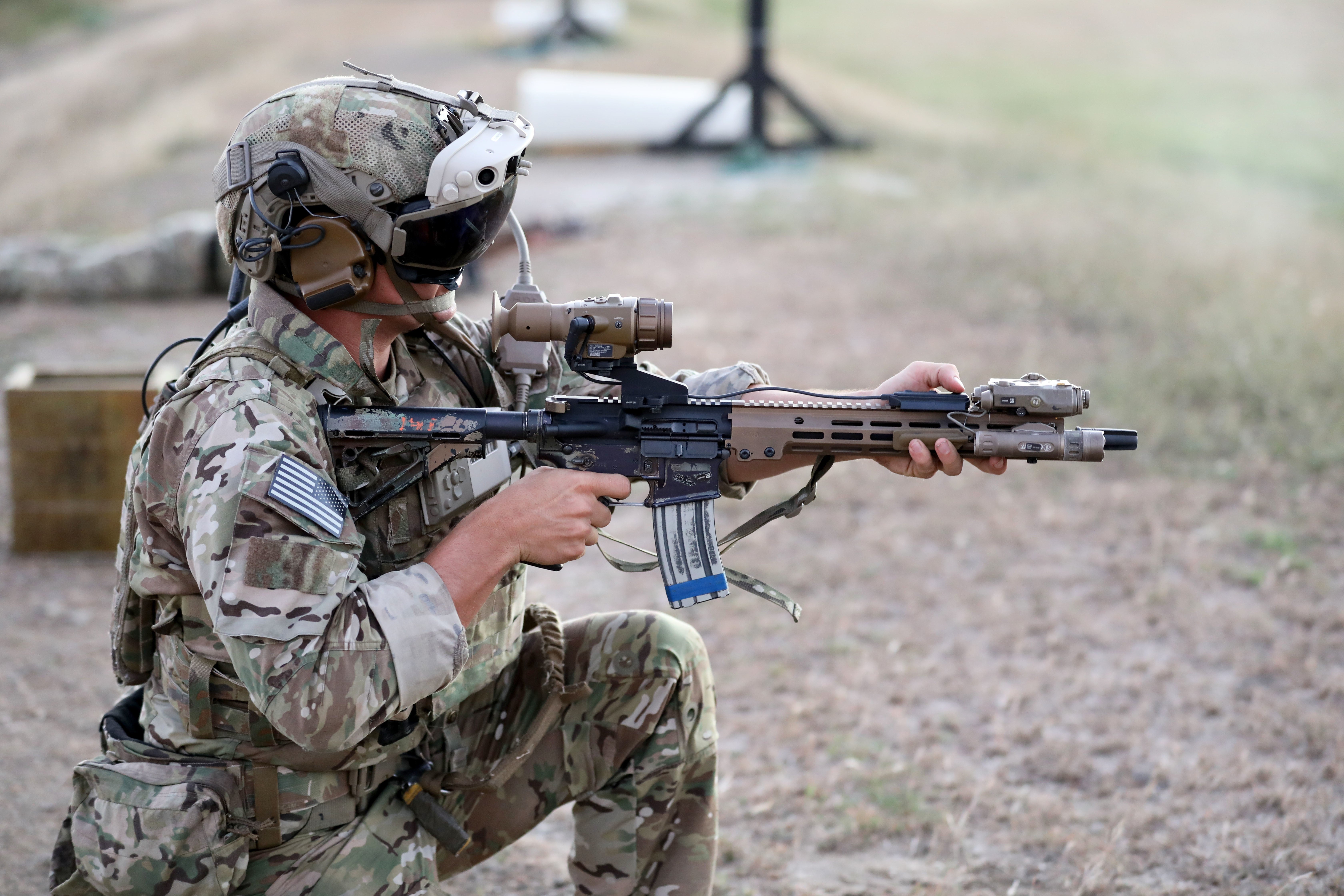
The Army’s new approach to acquiring the systems it needs to modernize is “pretty quick” compared to the cumbersome, yearslong process of the past, said Army Chief of Staff Gen. James McConville.
With 34 major modernization systems coming to bear as part of the Army’s transformation through 2040, of which 24 systems are on track to be fielded or in prototype “in the hands of soldiers” this year, the Army has been able to streamline its process by having industry present ideas on paper first, McConville said.
World War I is often considered the first modern conflict; its combatants employed modern technology, including machine guns, armored v
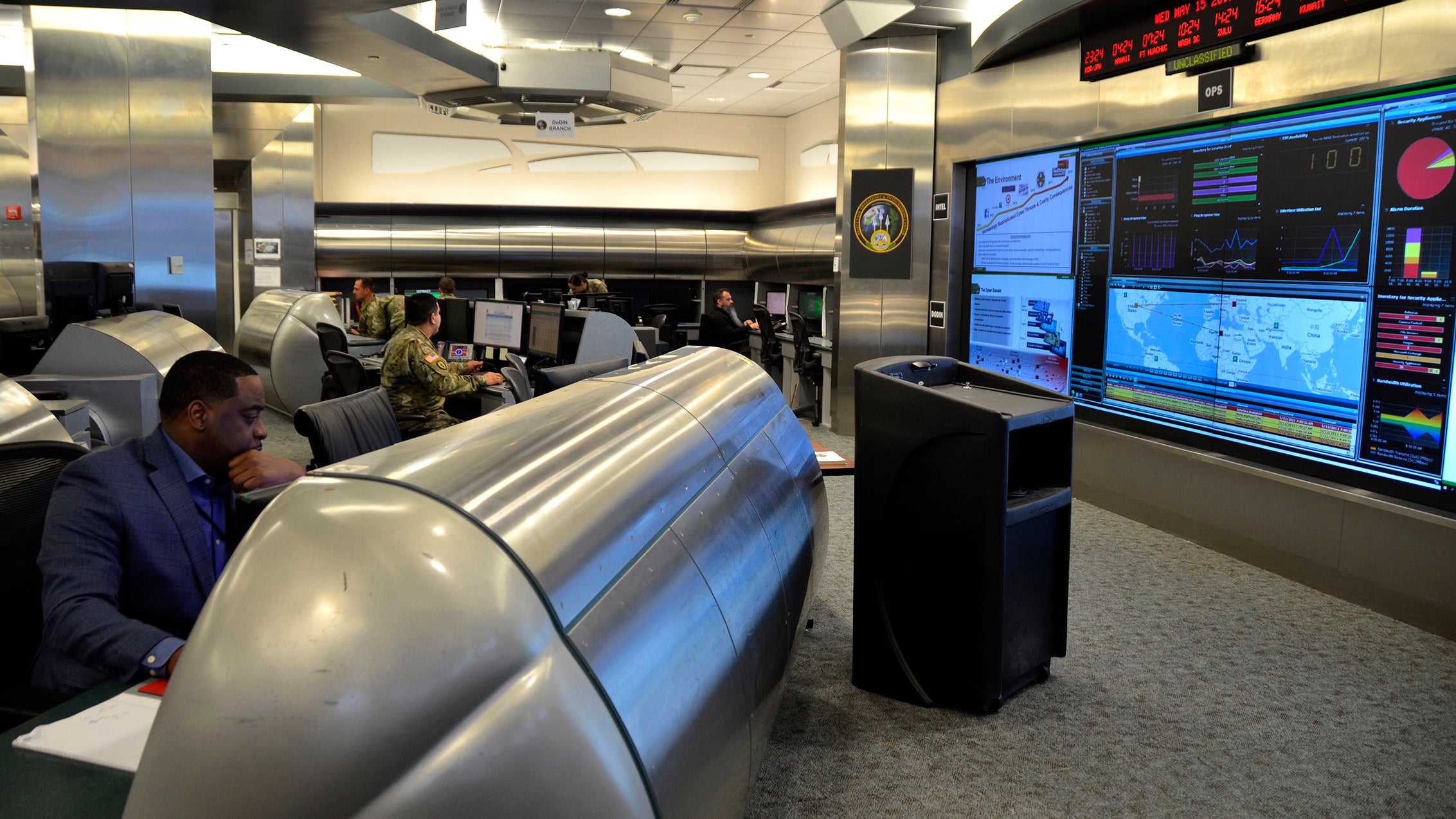
The Army is reworking its sustainment doctrine and training soldiers in combat support and combat service support jobs to be “more datacentric” in preparation for large-scale combat, the Army’s top logistician said.
In remarks at a breakfast hosted by the Association of the U.S. Army as part of its Coffee Series, Lt. Gen. Charles Hamilton, deputy Army chief of staff for logistics, G-4, said the Russian invasion of Ukraine in February caused the Army sustainment sector to rethink its posture for large-scale combat and how soldiers are preparing to support the warfighter.

In its quest to help soldiers enhance their physical and mental performance, Army Futures Command brought together experts from the private sector to discuss new technologies and emerging trends.
Over a two-day symposium, the experts from academia and sports and technology companies weighed in on optimizing human performance by focusing on cognition among people with physically demanding jobs, using wearable technology or analog methods to encourage desired outcomes, making healthy choices, and examining the role of data in enabling better health, precision and resilience.
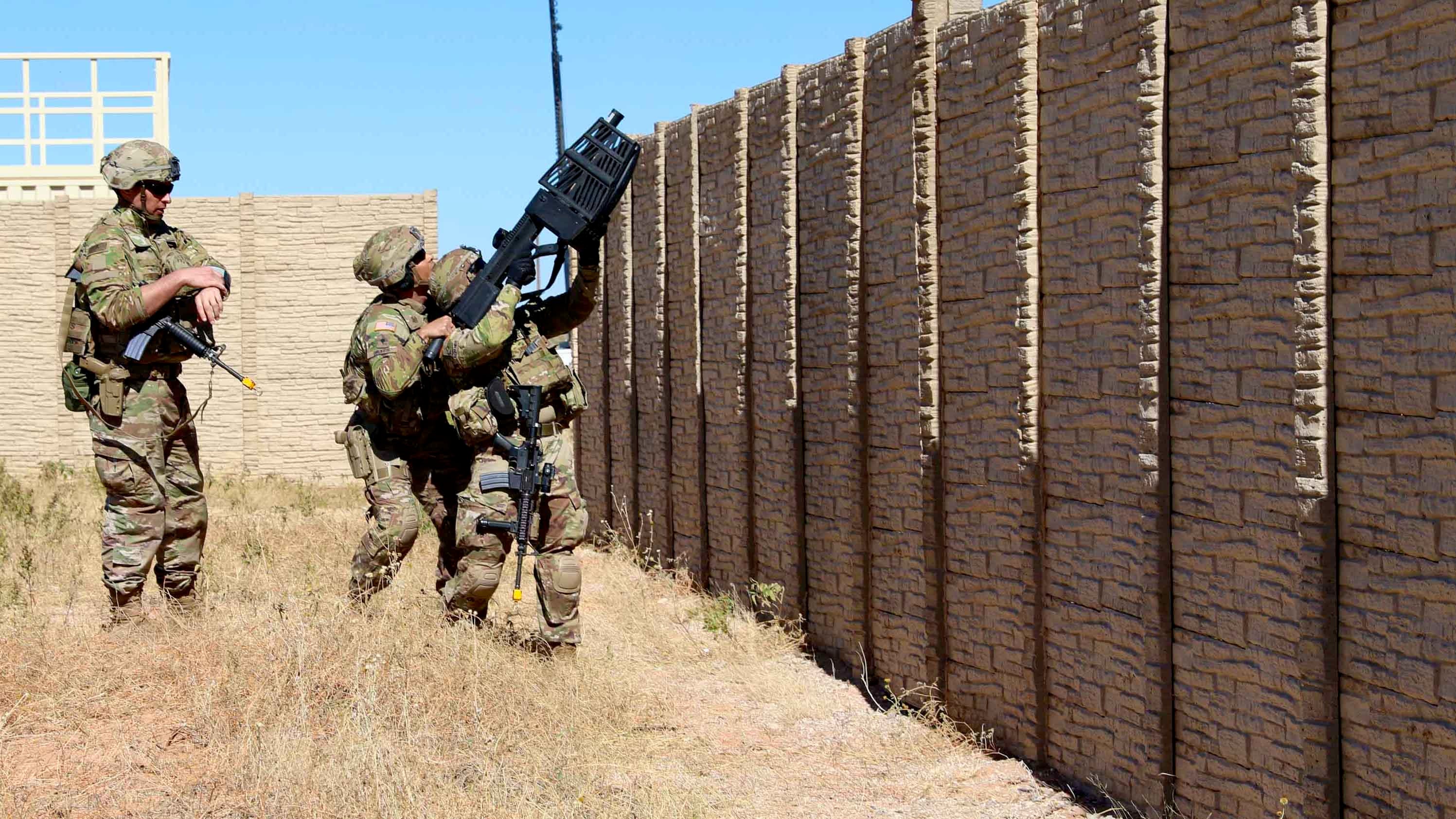
Software developed by an Army sergeant could better equip the military as it seeks new ways to counter the rising and evolving threat of drones.
During a recent deployment to Saudi Arabia, Massachusetts Army National Guard Sgt. Mickey Reeve used his free time to develop a counter-unmanned aerial systems software. His work won the inaugural Innovation Oasis competition hosted by U.S. Central Command.
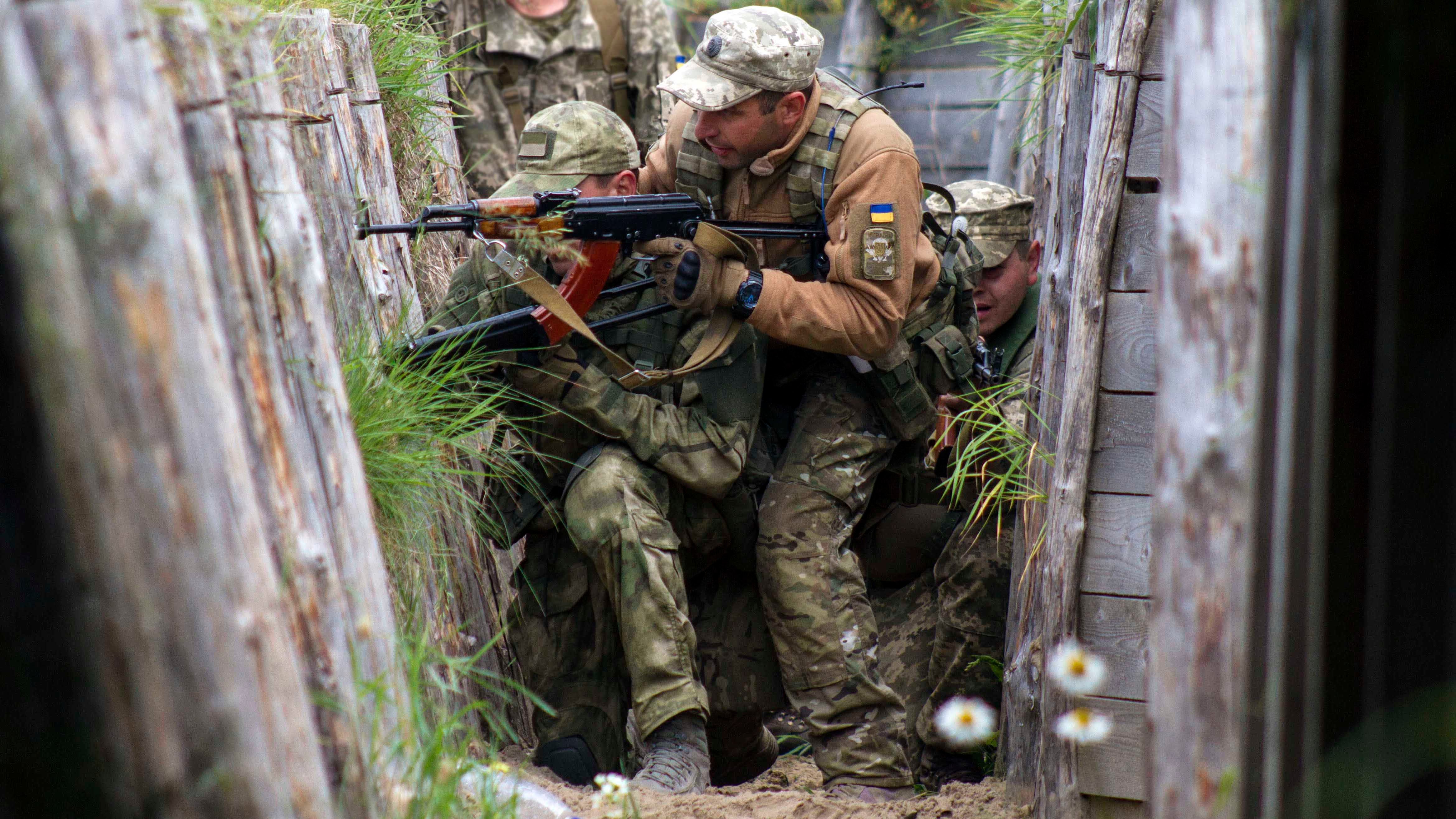
By providing weapons and training, the U.S. is working to put the Ukrainians in the “strongest possible position” to defend their sovereignty and engage the Russians from a “position of strength,” Army Secretary Christine Wormuth said.
Speaking Dec. 3 on a panel during the Reagan National Defense Forum, Wormuth said the stakes are high. “Given what is at stake in Ukraine, not just for the Ukrainians, but for NATO and for the entire free world, it’s in our interest to give them what they need to defend their territory and push the Russians out,” she said.
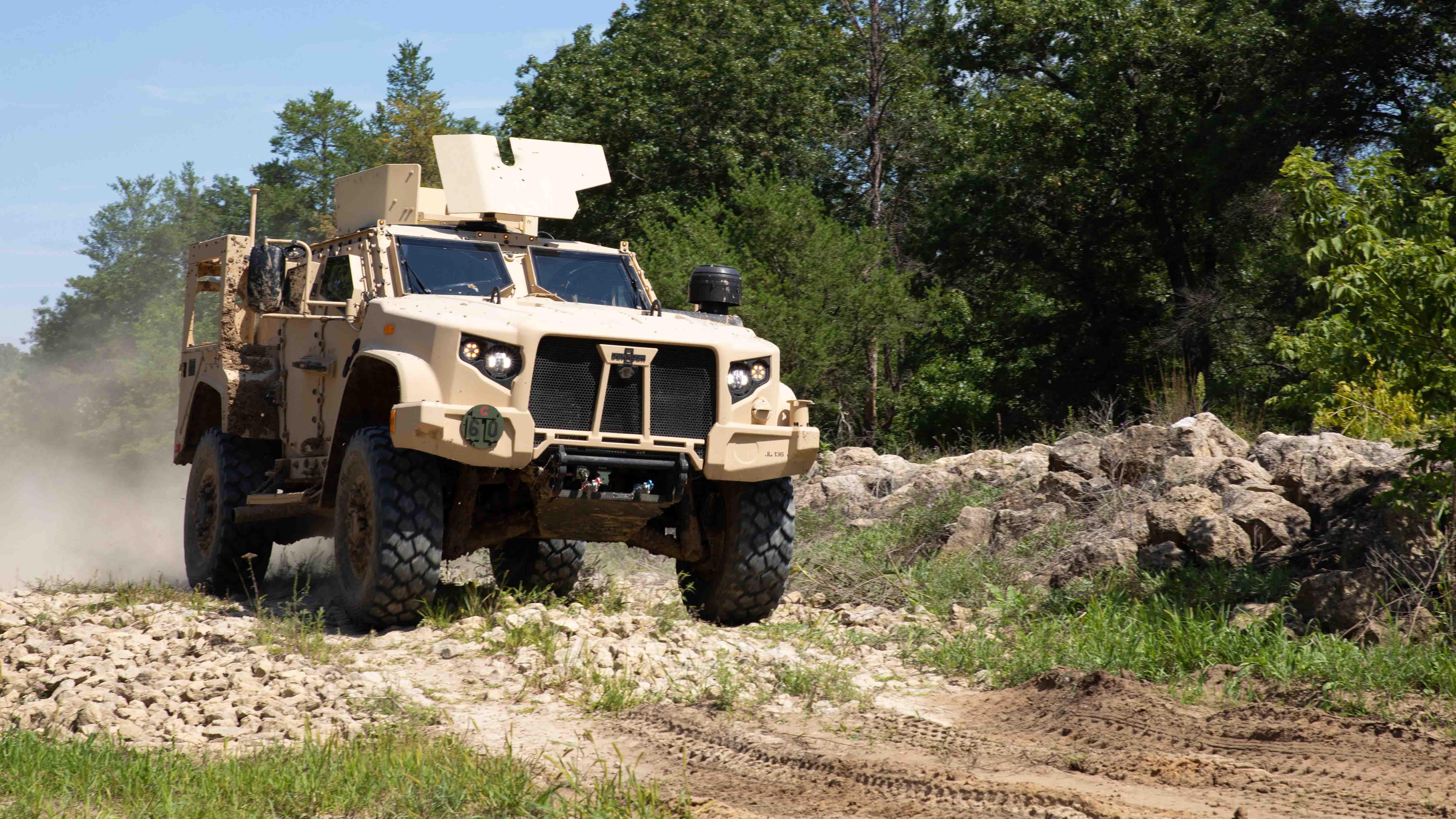
As the Army works to electrify its combat vehicles, it will not compromise combat effectiveness, a senior Army leader said.